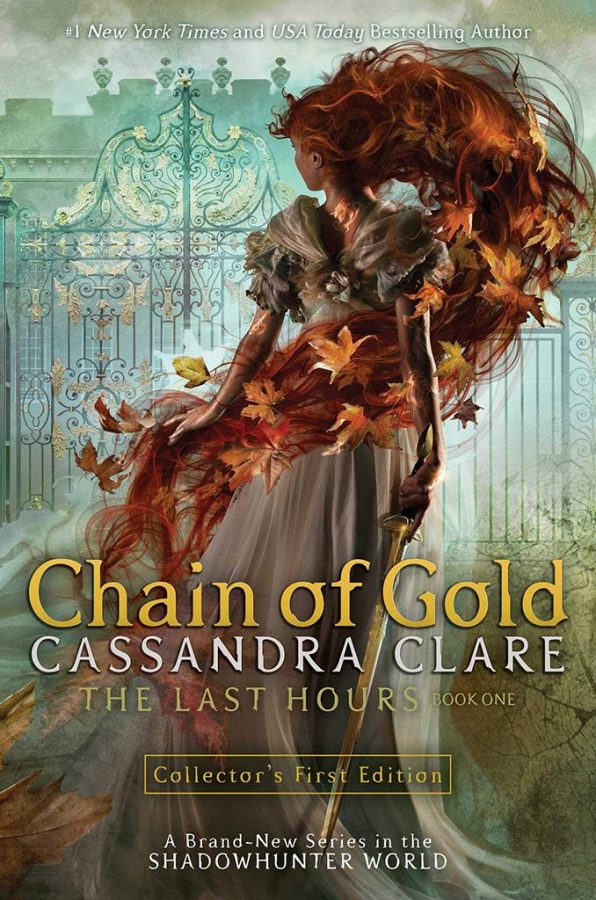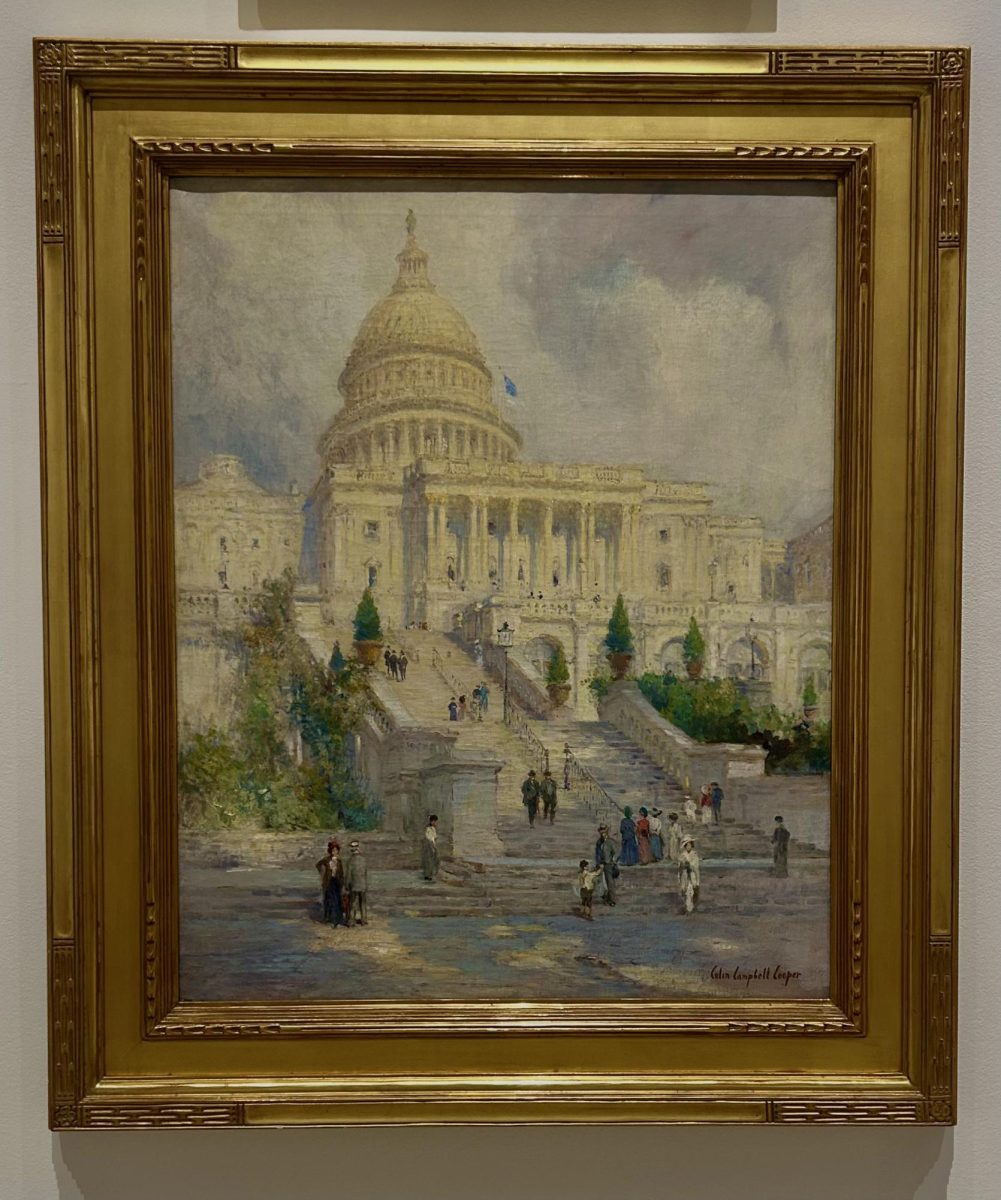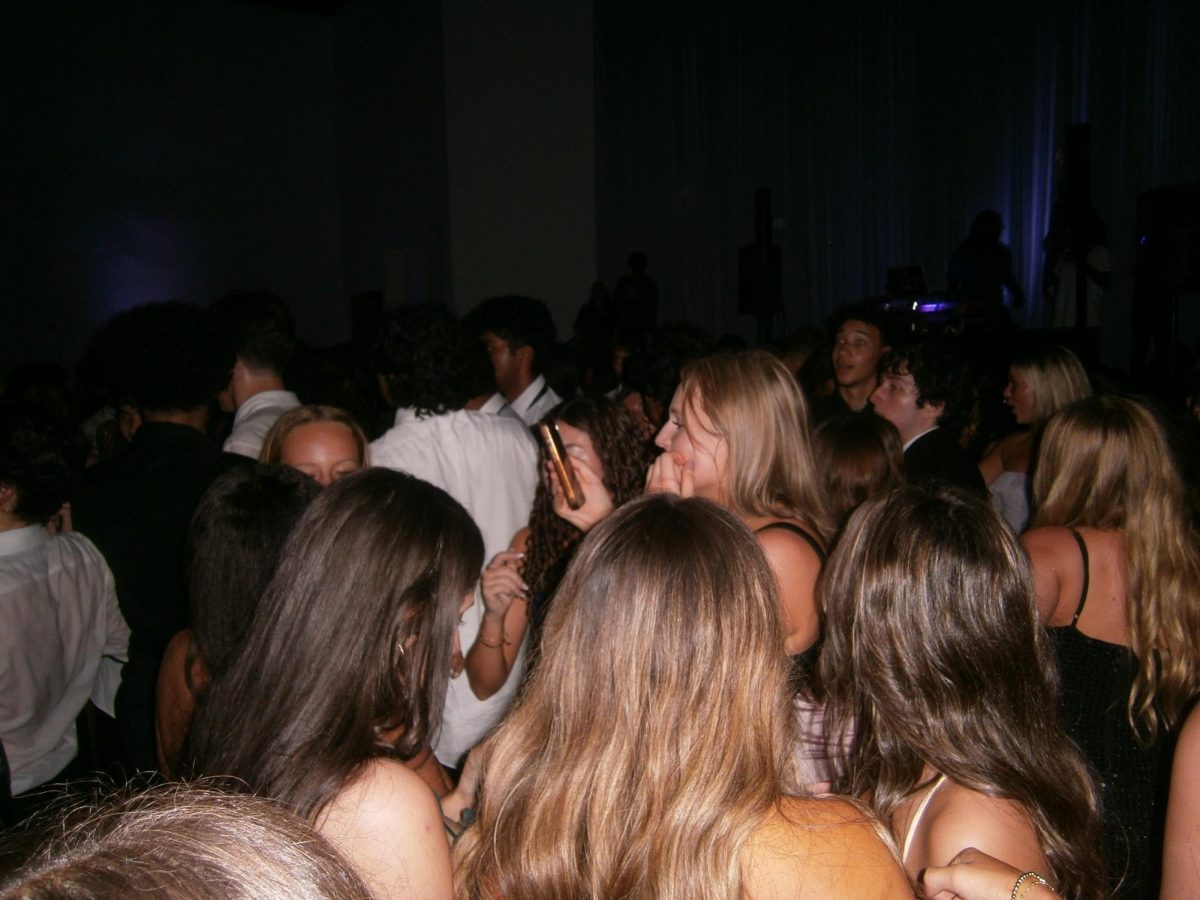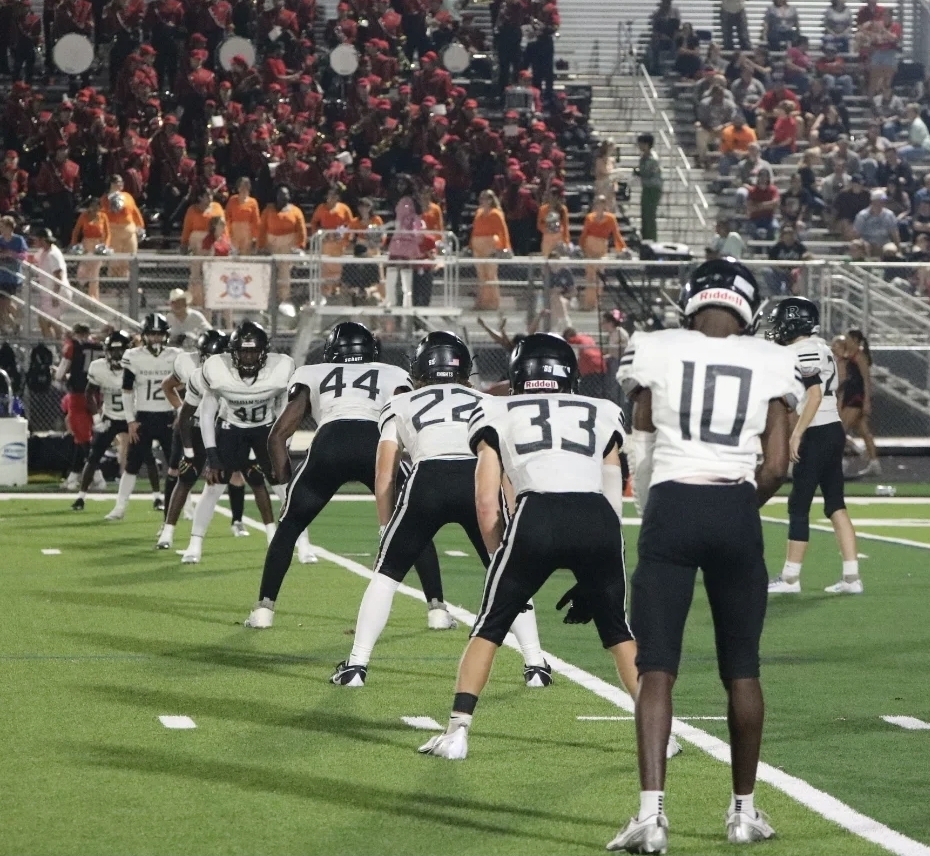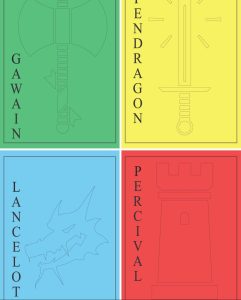Review: Chain of Gold
Chain of Gold exceeded expectations, even as it fit stereotypical tropes.
Photo Fair Use
The breathtaking art for Chain of Gold, Cassandra Clare’s latest novel.
April 13, 2020
The year is 1903, and the Carstairs family—Shadowhunters who have trained since birth to rid the world of demons—has just moved to London. Both Cordelia and her brother Alastair struggle with their fathers accused crimes and trying to prevent their family’s ruin.
Cassandra Clare first began the Shadowhunter Chronicle legacy in 2007 with the publication of City of Bones, the first book in the Mortal Instruments series. Now, thirteen years later, she has told the story of our original characters family trees from the Infernal Devices series, dating all the way back to Victorian England with the two that started it all: Will and Tessa Herondale, the parents of James and Lucie, who are two vital characters in the story.
With the newest, and my most anticipated installment to the Shadow Hunter Chronicles, Chain of Gold (the first of the Last Hours series) fans learn more about the second-known generation of Shadowhunters.
The book follows the children of some of my favorite Shadowhunter families, primarily focusing on James and Lucie Herondale and their mysterious powers inherited by their mother, as well as Cordelia Carstairs’ struggles in Edwardian society.
Like all of Clare’s books, Chain of Gold is highly romanticized. Not only with the love sub-plots (though one could argue they’re hardly sub), but with the detailed imagery Clare uses in her descriptions of the setting.
I’ve always loved Clare’s writing, and often use her books for inspiration for my own novels. The way she describes scenery, and even emotions sparks something inside me that is simply unexplained.
However, in some ways, her books are redundant. In every series she’s written in the Shadowhunter universe, there is always a romantic sub-plot that often overshadows the main plot. All her characters are stereotypically attractive with suave hair and mysteriously beautiful eyes.
With this new series, though, Clare did a good job showing how her characters relate to their parents as well as their differences.
For example, it was so easy to see Will in James, yet James was his own independent character. He made choices similar to ones his father made in the past, while still staying true to his own character.
But, despite the predictability, I love the consistency. I always know what I’m getting myself into when I pick up a Clare book: character driven plot, and a heartbreaking twist.
I very soon got over my annoyance for the overly romanticized plot as I began to fall in love with the characters. That always seems to be the pull with Clare’s books—good characterization.
Back to the twist ending; Chain of Gold broke my heart like no other Shadowhunter book did. The ending, in a way, was fairly predictable—as I’m sure it was to anyone who’s read the rest of Clare’s books—but I never thought it would happen that way and so soon within the series. Reading the last few chapters, I went through four of the five stages of grief.
I still have not reached the stage of acceptance. Clare will have to do a lot to pull this around at the end of the trilogy.
Like with all of the Shadowhunter Chronicles, you don’t need to read the other book series to read and understand Chain of Gold. But I do recommend reading them all, or at the very least reading the Infernal Devices series, to get the best experience you can. This was probably my most anticipated book of the year, and has been anticipated by Clare’s fans for a decade. I am pleasantly surprised and recommend Chain of Gold, and the rest of the Shadowhunter Chronicles to anyone who loves romance, fantasy and character-driven plots.

